Street of Duck Stew (오리요리의 거리)
9.5Km 2025-08-06
125 Gyeongyang-ro, Buk-gu, Gwangju
The Street of Duck Stew in Gwangju is lined with restaurants specializing in duck dishes. Its origins trace back to the 1970s, when a duck farmer began selling duck stew, adding their own twist by incorporating water parsley and perilla seeds to the recipe they had learned. The affordable price and clean, rich taste of stew made it popular among visitors, eventually leading to the formation of the current street. The popular dishes include ori tang (duck stew), ori roseu (grilled duck), and ori jumulleok (spicy stir-fried marinated duck).
Solomon Law Park (솔로몬로파크)
9.8Km 2024-04-23
219-39 Expo-ro, Yuseong-gu, Daejeon
Solomon Law Park is a theme park operated by the Ministry of Justice, offering an experiential legal education. Visitors can learn about and experience the law in an easy and entertaining way. The Law Experience Center provides opportunities to experience legislation, investigation, courtrooms, and prisons. The park includes a Law Playground, as well as amenities like a leisure area and a convenience store.
Dinosaur Tracksite of Hwasun, Seoyu-ri (화순 서유리 공룡발자국화석 산지)
9.8Km 2020-02-25
2080, Baega-ro, Hwasun-gun, Jeollanam-do
The Dinosaur Tracksite of Hwasun was discovered in 1999 during a land survery for the construction of Hwasun Hot Springs Area. Most dinosaur tracks found in Korea are located in coastal areas in cities like Haenam and Boseong, so the discovery in the inner region of Jeollanam-do was a first. Most prints here come from carnivorous dinaosaurs of the Cretaceous period. The site is famous for there being tracks from no fewer than five different dinosaurs, as well as for being one of the longest trails and most direct examples of the exact movements of the dinosaurs. The tracks of one dinosaur are the longest in the world, stretching for 40 meters. Based on the foot size of 20-22 centimeters with a stride of approximately 90 centimeters, it is estimated that the prints were formed by a 4-5 meter tall Koolasuchus. In addition to the canivorous dinosaurs, tracks were found of 12 herbivorous dinosaurs, as well as fossilized plants. These plants offer much assistance in the research of herbivorous dinosaur diets.
YODAMN (요담엔)
10.0Km 2024-12-20
39-2 Jami-ro 66beon-gil, Buk-gu, Gwangju
YODAMN is a Gwangju-based Company redefining Korea’s fermented traditions. It is known for its premium rice nuruk, a traditional Korean fermentation starter, and products like Yoando yogurt, a malted yogurt and Yomakkey, a makgeolli kit. The company is engaged in research, liquor development, and provides consultation services. Additionally, it offers unique experiences, such as one-day traditional liquor brewing classes, and sells its uniquely developed products. It is a great place for visitors to experience the Gwangju local traditional liquor culture.
Chonnam National University Museum (전남대학교 박물관)
10.2Km 2025-01-02
77 Yongbong-ro, Buk-gu, Gwangju
The Cheonnam National University Museum showcases a variety of domestic and international works on history, anthropology, culture, and folklore, along with providing research materials. Initially established as a research center for the faculty and students, the museum has evolved into its current form since 2002. Visitors can explore exhibitions on diverse topics and immerse themselves in different cultures at the learning center of the museum.
Cheongchun Balsan Village (청춘발산마을)
10.5Km 2025-08-13
12-16 Cheonbyeonjwa-ro, Seo-gu, Gwangju
Balsan Village is a representative neighborhood of Gwangju and is a prime example of how something amazing can come out of hardship. First settled by Korean war refugees, the small houses jam-packed on a hillside attracted young people looking for work in the 1970s and '80s, mainly females working in the garment factories nearby. Recently, the addition of colorful murals and public spaces has given the village a breath of new life.
Gwangju Arboretum (광주시립수목원)
10.9Km 2024-11-18
142 Dodong-gil, Nam-gu, Gwangju
Gwangju Arboretum was built on a sanitary landfill to restore the natural ecological environment by planting trees and creating convenience facilities. The arboretum preserves, manages, researches, and exhibits the indigenous plants of the region and provides visitors with a space to relax and connect with nature. Visitors of all ages can enjoy educational programs and forest commentary tours, making it a great place for families.
CU - Yongbong Sarang Branch [Tax Refund Shop] (cu용봉사랑점)
11.0Km 2024-06-28
42, Yongju-ro, Buk-gu, Gwangju
-
Myeongokheon Garden (담양 명옥헌 원림)
11.0Km 2024-10-22
103 Husan-gil, Goseo-myeon, Damyang-gun, Jeollanam-do
+82-61-380-3752
Located in the eco-village of Husan-ri, Myeongokheon Garden was the garden of Oh Hui-do (1583-1623) of the Joseon dynasty and served as a simple, countryside sanctuary where the scholar read and wrote many books. Main features of the garden are the Myeongokheon Pavilion, where the scholar held lectures, and the square-shaped pond in front of the pavilion that is surrounded with graceful flowering trees. The flowering trees around the pond include red pines and crape myrtles. On the right side of Myeongokheon Garden you’ll see a 300 year-old ginkgo tree, which is where King Injo (1623-1649) of the Joseon dynasty tied his horse when he went to visit Oh Hui-do.
Gwangju KIA Champions Field (광주-기아 챔피언스 필드)
11.0Km 2025-08-06
10 Seorim-ro, Buk-gu, Gwangju
070-7686-8000
Gwangju KIA Champions Field is the first open-air stadium in the country and houses INC COFFEE, making it a must-visit attraction for baseball fans. The café offers spacious seating and various bakery items– with the baseball-shaped bread being the most popular. There is also a photo zone, allowing visitors to capture the memories of their trip. With a seating capacity of 20,500, tickets for the seats can be purchased online or on-site.

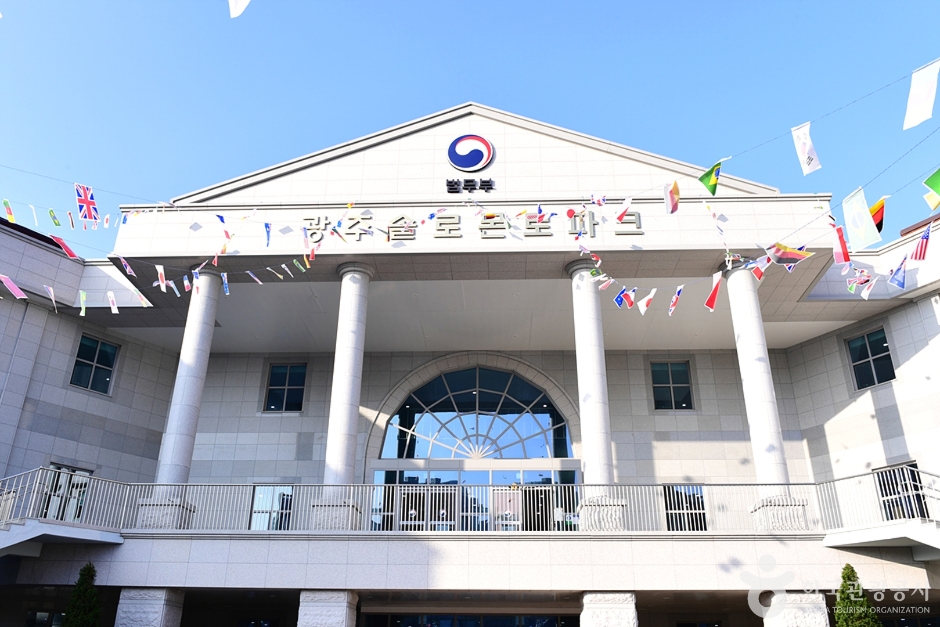
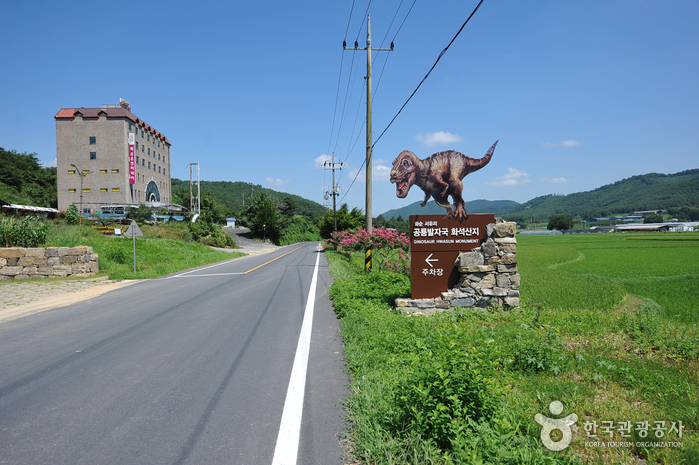
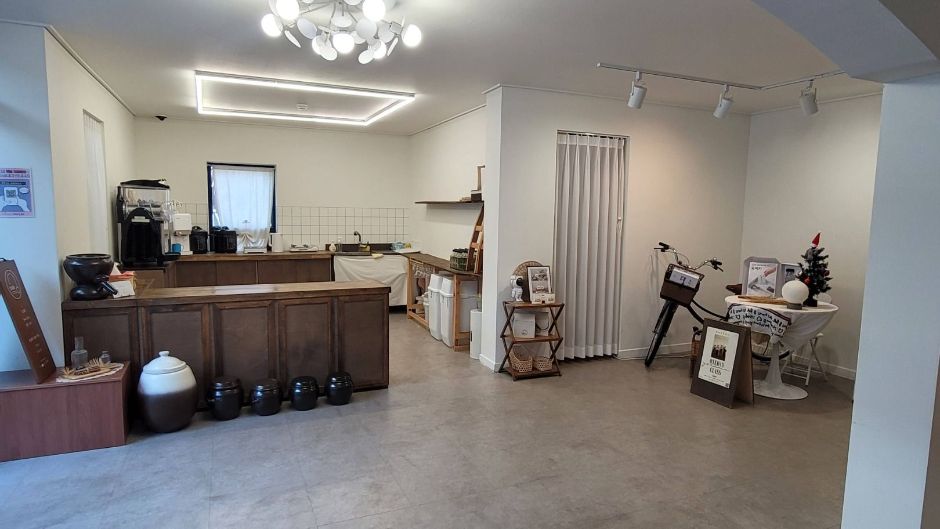
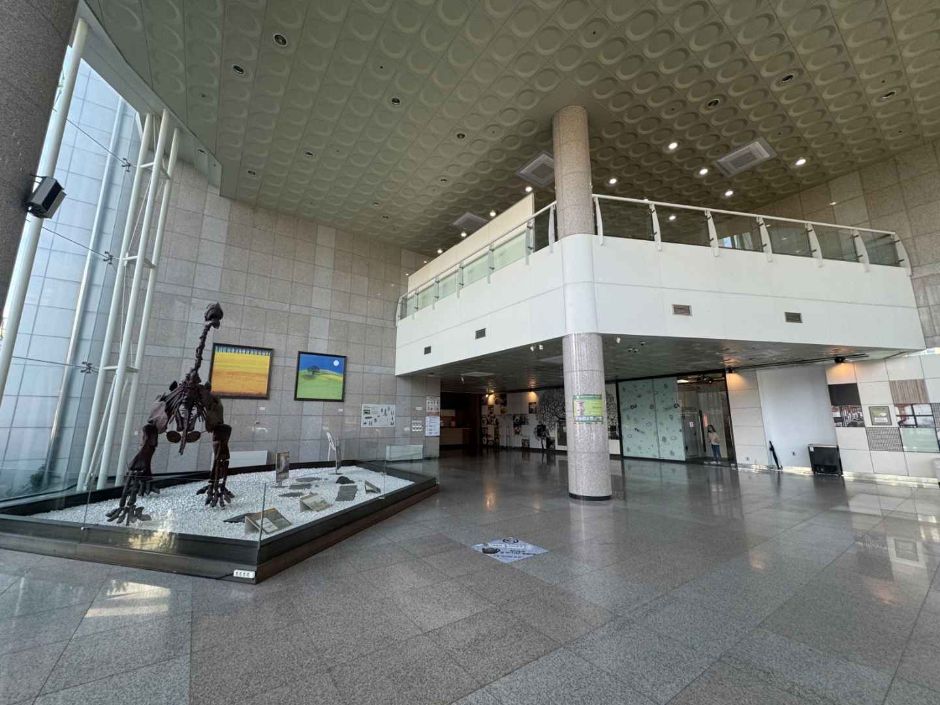
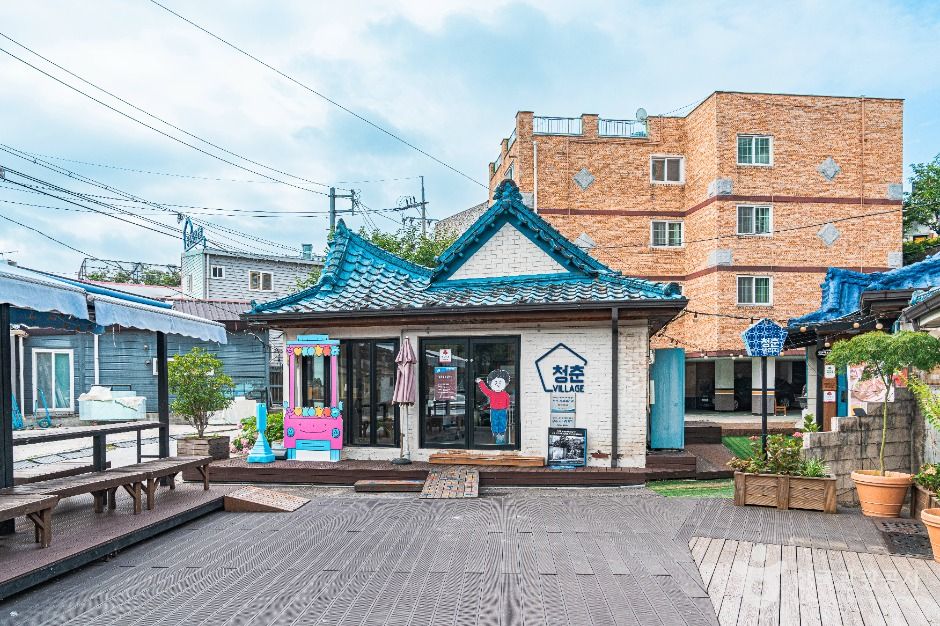
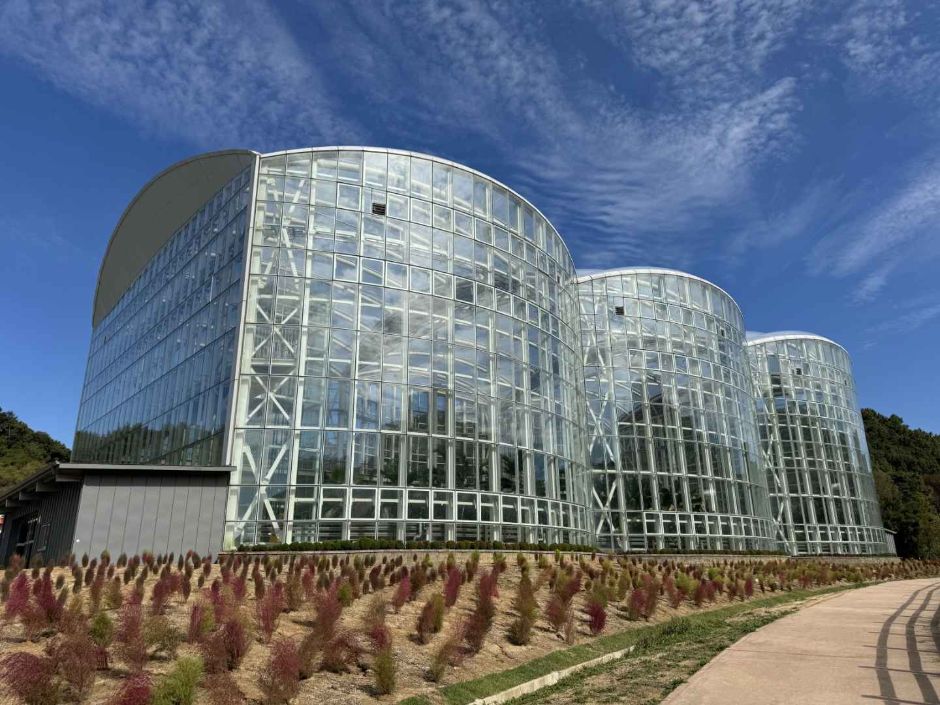
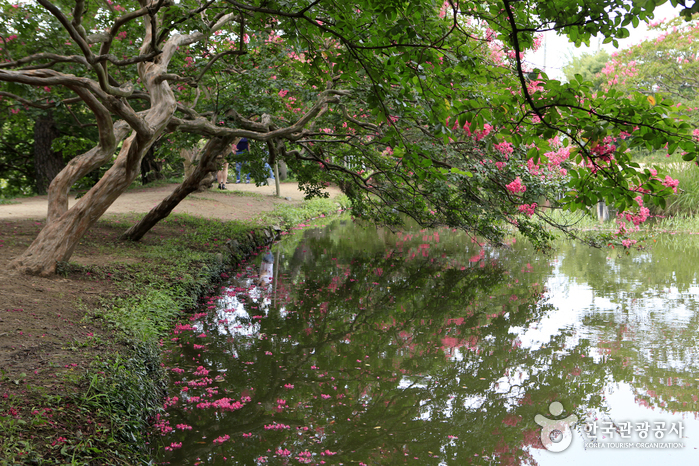
 English
English
 한국어
한국어 日本語
日本語 中文(简体)
中文(简体) Deutsch
Deutsch Français
Français Español
Español Русский
Русский